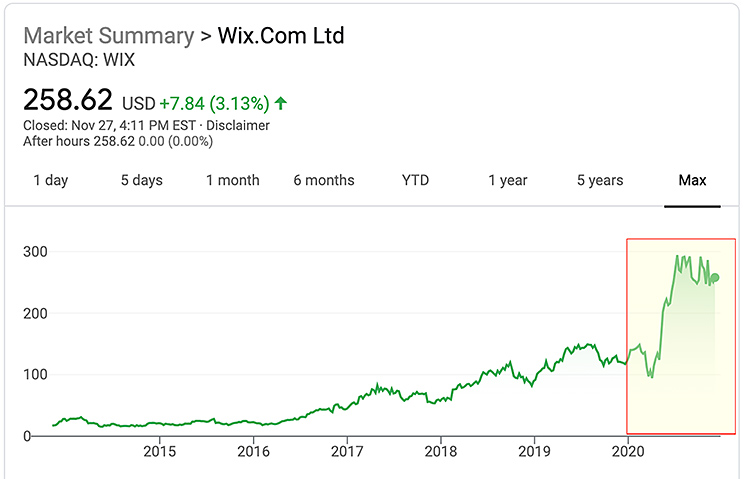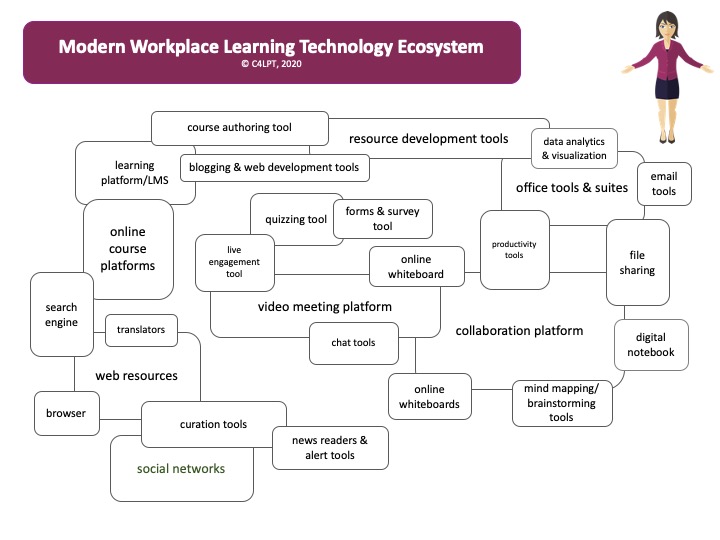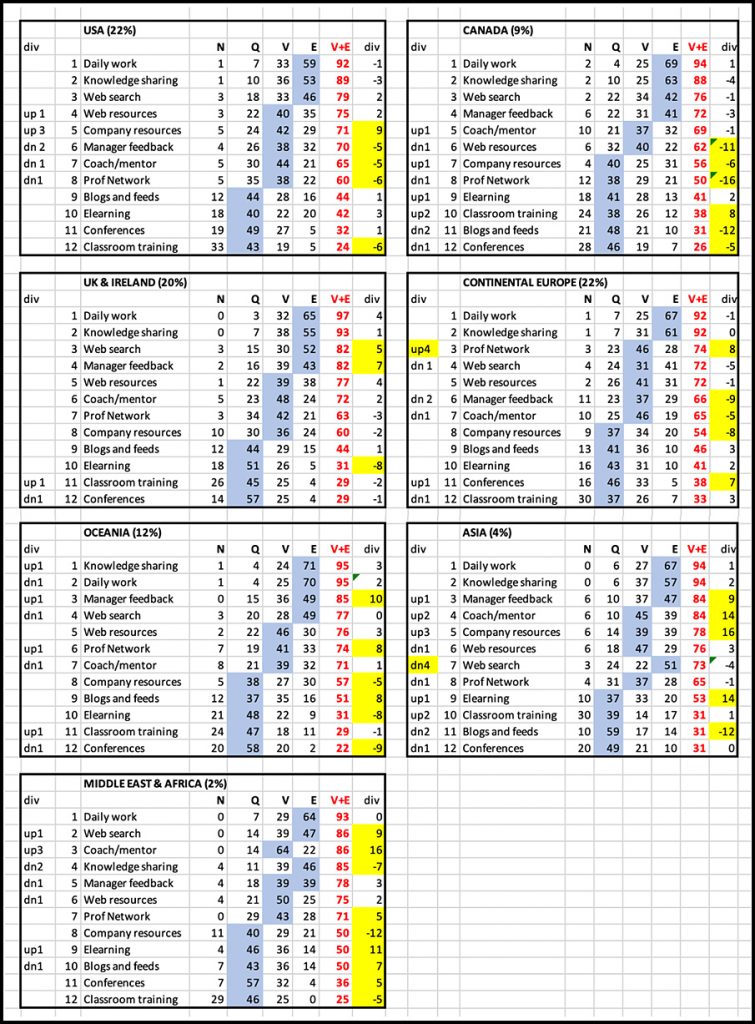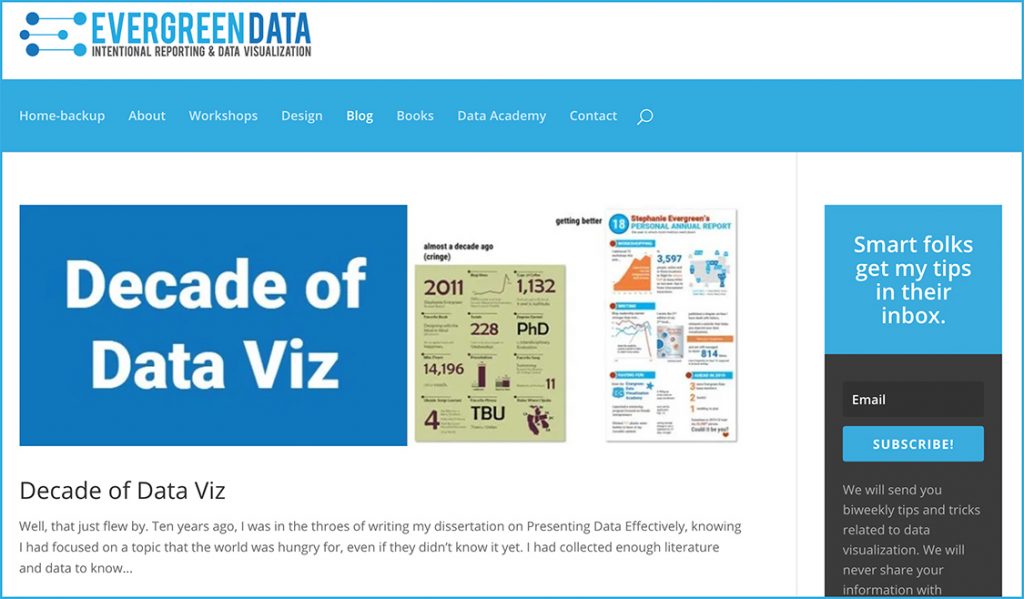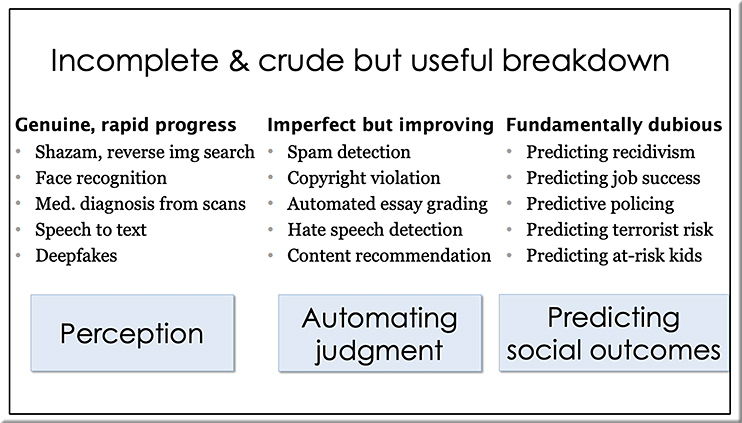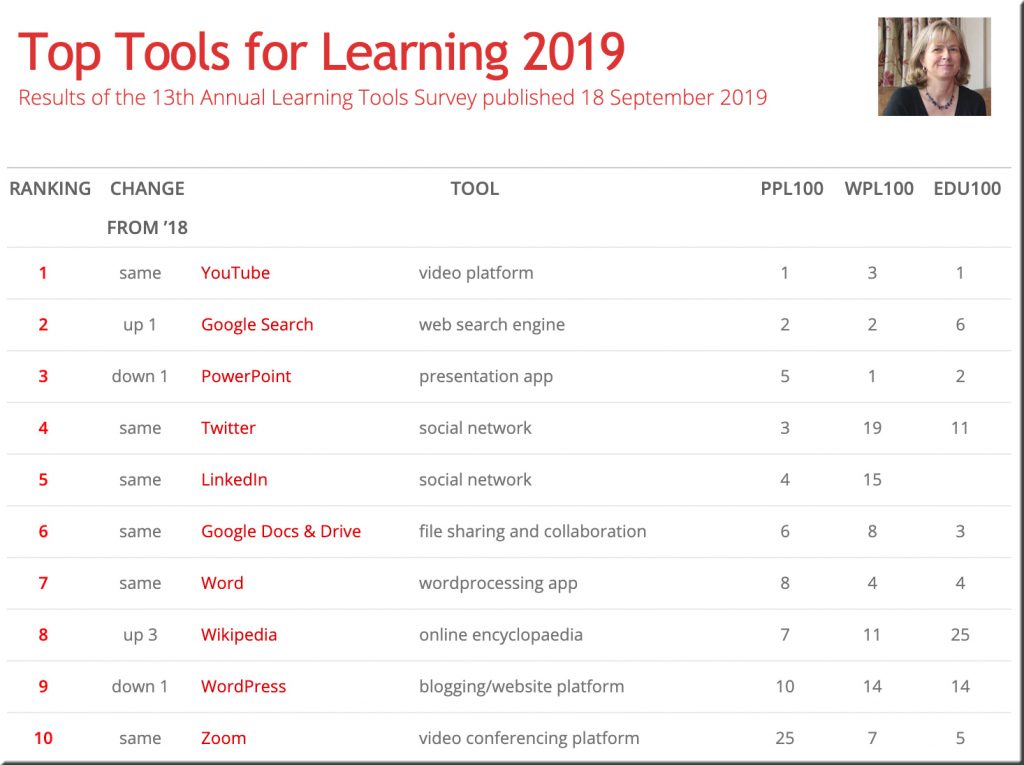Don’t force square-peg students back into wrong-shaped holes — from crpe.org by Robin Lake Paul Hill
But what gets lost in the reopening debate is the growing evidence that a significant portion of students and their families are actually happier and learn better outside of traditional schooling.
Excerpt:
Some of the “square-peg” children are the most creative and bright students in their class, but had struggled academically or socially in the traditional classroom. According to informal surveys of parents and teachers, new approaches to learning are benefiting:
- Students with special needs, like ADHD or autism, who focus better on learning without disruptions from other kids, and who—when learning from home—can take breaks and calm themselves when needed, not just when the classroom schedule permits.
- Students who didn’t speak up or ask questions in regular classrooms for fear of being mocked, but are now able to send private questions to teachers or make written contributions.
- Socially-awkward or otherwise different kids who experienced bullying.
- Kids who best learn from small-group instruction.
- Students who have mastered all the regular class material and are motivated to learn advanced materials and explore on their own.
- Students who learn best by hearing about a new idea and then quickly practicing or applying it on their own.
From DSC:
One of our daughters needs a team of people around her to help her learn and grow. The one-size-fits-all, the-train-stops-for-no-one type of educational system that she often encountered did not work well for her.

Homeschooling has seen her grow a lot more. She even has her own blog now — and she’s excited about it! She loves reading and writing — and she’s very creative (albeit her writing gets pretty dark at times. But come to think of it…my second-grade teacher thought that my friend Andrew’s and my 38-page book with vampires, witches, and werewolves was pretty morbid too!)










